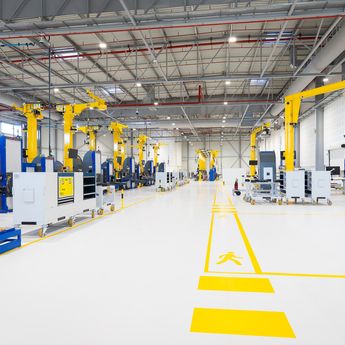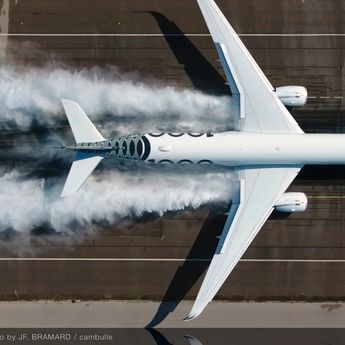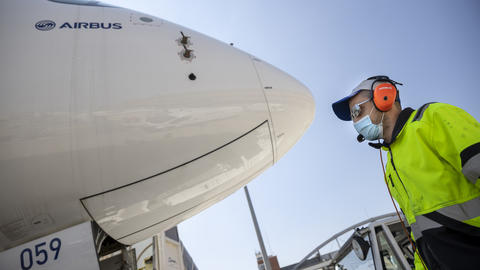The condition of the runway, especially in rain, snow or cold weather, is crucial for ensuring the safe landing of an aircraft. Let’s discover how Airbus has improved its ability to prevent runway overruns.
On December 8, 2005, an aircraft slid off the runway at Chicago-Midway while landing in a snowstorm and crashed into automobile traffic. The runway was slipperier than expected, due to the layer of snow covering it.
The subsequent investigation revealed that the combination of inaccurate wind information, slippery runway, and insufficient use of brakes and thrust reversers caused the aircraft to overrun the runway at high speed.
Several lessons were drawn from the incident. First, it underlines the importance of Air Traffic Control in providing accurate weather and runway condition information to flight crews. It also highlights the importance of timely deceleration when on ground, including the use of manual braking and thrust reversers.
Enabling aircraft to measure braking efficiency
To help prevent future overruns, Airbus has enhanced its aircraft. The Runway Overrun Protection System (ROPS) is designed to prevent runway excursions during landing. ROPS alerts the flight crew if a go-around is necessary, or if they need to apply full deceleration means on the ground.
Twenty-five per cent of all runway excursions occur when rain, snow, or ice reduce an aircraft’s deceleration capabilities during landing. To complement ROPS, Airbus and its subsidiary NAVBLUE have developed the Braking Action Computation Function (BACF). This function allows the aircraft to measure braking efficiency during landing, improving awareness of runway conditions. The flight crew can use this information to accurately assess if the current runway condition is as expected or has changed.
The crew can share this information by radio with air traffic controllers, who can in return use it to provide the most up-to-date runway conditions to incoming aircraft, leading to more accurate landing distance computation.
Runway overrun prevention relies on various systems, equipment, training and processes. They include reliable information from air traffic controllers and airport services. By using the aircraft as a sensor to measure and report braking action during landing, BACF is another tool in the toolbox to avoid runway excursions in the future.
Safety Innovation series
Continue Reading

Airspeed information, whatever the conditions
Web Story
Safety
Airbus has developed a system which improves management of unreliable airspeed events.
How to make takeoff safer
Web Story
Safety

A new workshop designed with safety in mind
Web Story
Safety

Using aircraft as sensors to prevent runway overrun
Web Story
Safety

Severe weather hazards: the best is to anticipate and avoid
Web Story
Safety

